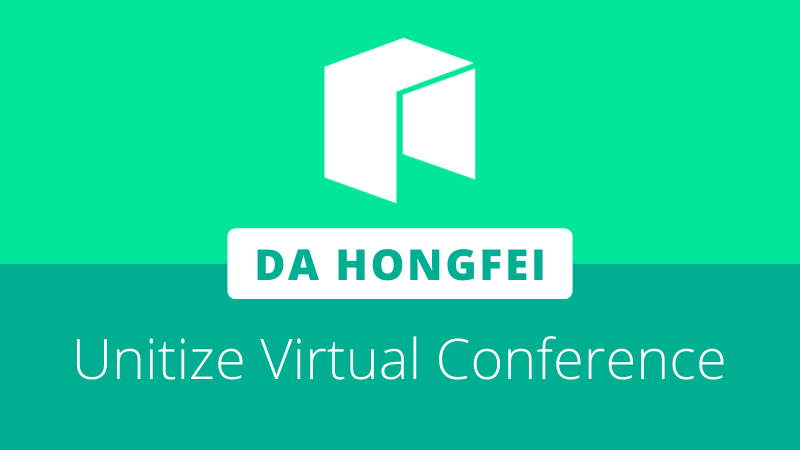
Da Hongfei believes that the next-generation internet (NGI) is a solution to many problems faced by today’s world, and sees blockchain as the fabric of that internet. Speaking at the Unitize virtual conference on Monday, July 6, Da outlined his vision for the NGI.
Today’s internet, according to Da, faces issues of horizontal isolation and vertical friction. He uses horizontal isolation to refer to internet giants like Facebook, Tencent, Alibaba, and Twitter, whose ecosystems are siloed from one another. This removes users’ ability to interact across these distinct platforms.
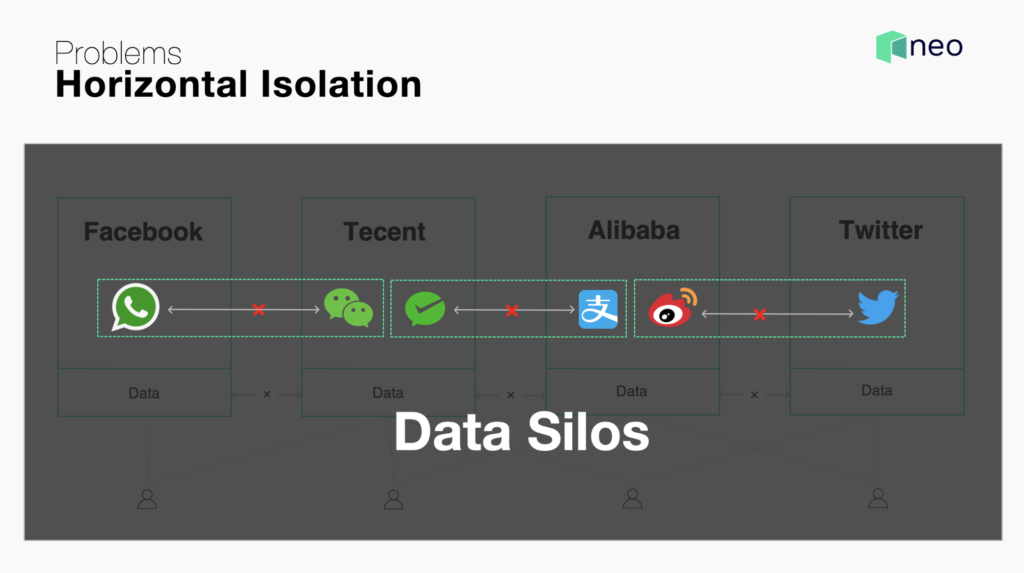
Source: Neo Global Development
Today’s internet is good at sharing information, but bad at creating value for user data and trust. This is what Da means by vertical friction. He said, “A digital economy needs to have a network that can combine and connect the data flow, money flow, and physical flow.” He believes this vertical friction can be resolved with the development and international acceptance of digitization standards, digital identities, and regulations.
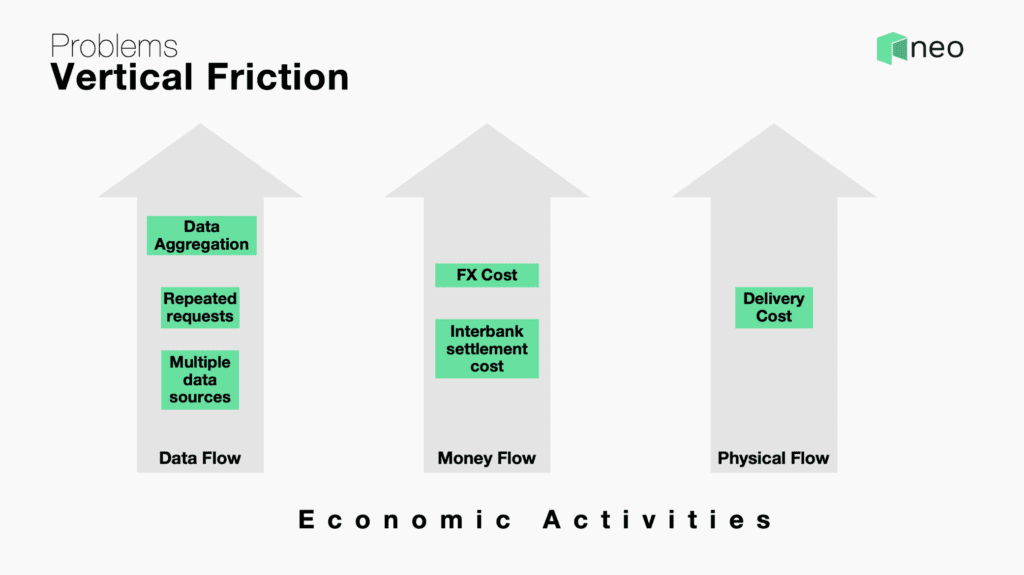
Source: Neo Global Development
Da envisions the NGI as a network of various blockchains that allows both the free flow of assets across chains, along with frictionless cross-chain interactions and the calling of smart contracts from one chain to another.
In the Unitize presentation, he expanded upon five pillars that he believes will characterize the NGI:
- Modularity — so that distinct parties can build parts of it, and different components can be connected.
- Opt-in — individuals and businesses must be able to opt-in, to freely choose different apps to use and rules to apply depending on their needs.
- Interoperability — different systems and networks must be able to interact with one another.
- Permissionless — to allow innovation to happen freely without approval from gatekeepers.
- Adaptable — to allow networks and their uses to evolve.
Da believes the NGI will not need to be built from scratch but can utilize the structure of the current internet, a state layer, and a transaction layer. The state layer will utilize protocols that focus on digital assets, digital identity, and distributed storage. The transaction layer will focus on user applications. Through this stack, Da states, “[NGI] will be user-centric, open, and designed [to] be the foundation for the digital economy.”
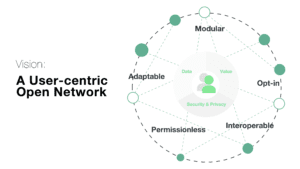






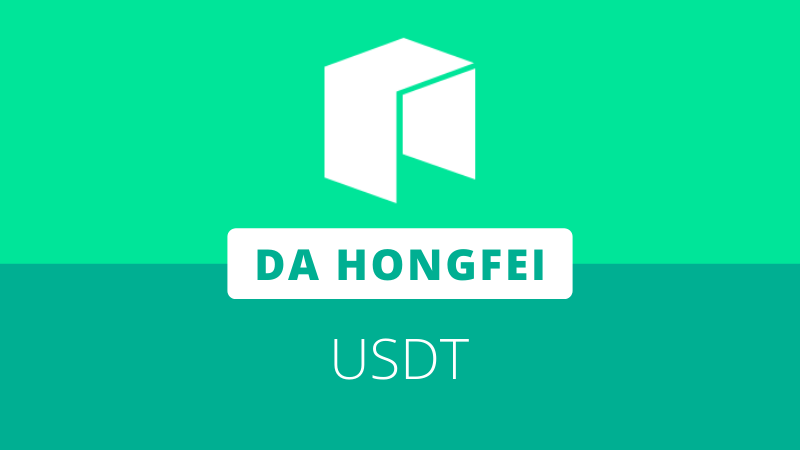
About The Author: Dylan Grabowski
Dylan is a reformed urban planner with a passion for covering the Neo ecosystem. His objective as a writer for Neo News Today is to report news in an objective, fact-based, non-sensational manner. When not behind a computer screen, he can be found in the mountains rock climbing. Find Dylan on Twitter (@GrabowskiDylan).
More posts by Dylan Grabowski